Case study: Technology, media, and entertainment
Organizational design strategy for rapid growth
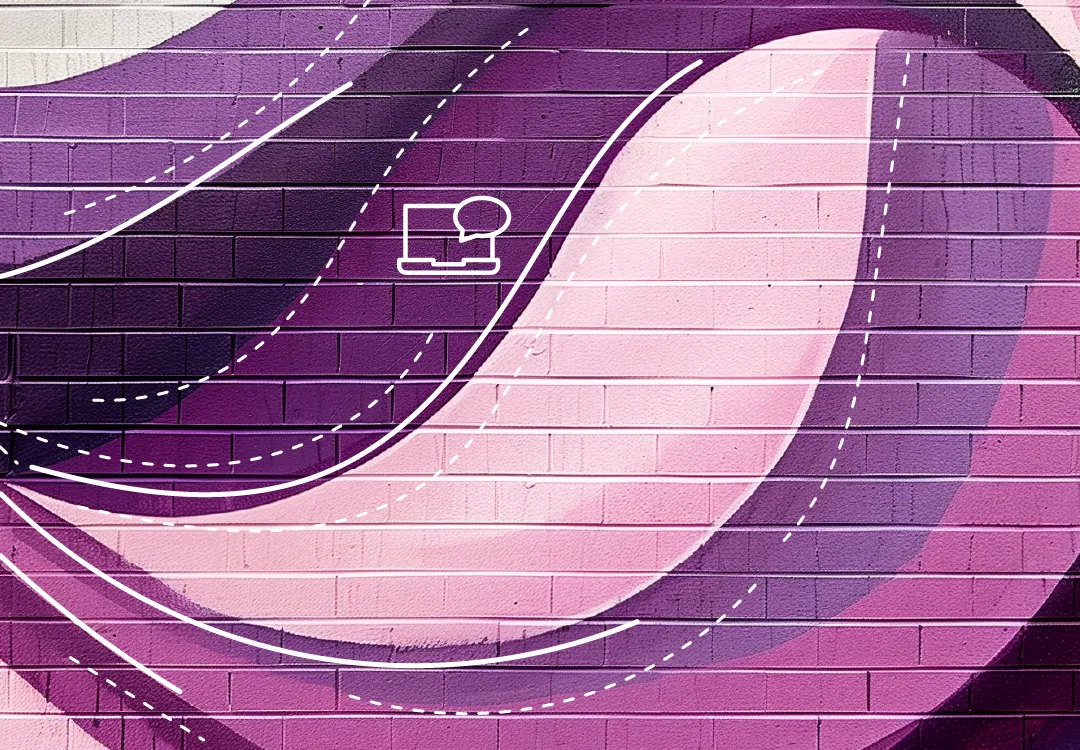
In less than two decades, a small professional consulting firm had become one of the fastest-growing private companies in the nation, even as the COVID-19 pandemic had devastated so many other firms.
The leaders of the firm recognized they were at a critical juncture, where they had to adapt to a new level of market competition while preserving the culture and values that had made them so successful. Anticipating continued rapid growth, the organization engaged Eagle Hill to help define an organizational design strategy and workforce planning process that would best support its goal of achieving 50% revenue growth in three years.
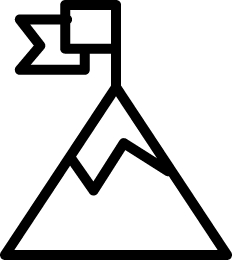
Goal
To find the best organizational structure to support the consultancy’s continued rapid growth and establish a workforce planning process for meeting future talent needs.
Unconventional consulting—and breakthrough results

Keys to the project’s success, and to the client’s ongoing upward trajectory: Human-Centered Design Approaches, Strong Collaboration, Leadership Buy-in and Alignment, Optimizing Strengths, and Change Management

Recommended organizational models (short-term and long-term) that would best support its future growth goals, strengthen customer focus, and build on their strength as an employer of choice

Focused, prioritized recommendations along with 100+ stepwise actions and plans to transition the organization from its current to future state
Our starting point
The organization had a “high class” problem of experiencing exponential growth and business success in a short amount of time. And while they had been successful in the market, they recognized that what got them “here”, might not get them “there” in their next phase of growth. The client wanted to take a step back and think more strategically about how to best structure the organization and incorporate regular workforce planning to proactively assess gaps and position talent to align with their growth. To accomplish this, they recognized the value of engaging an objective, experienced partner with the right specialized expertise in organizational design and workforce planning to guide them through the process. The client brought in Eagle Hill to:
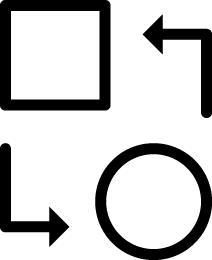
Develop a clear understanding of gaps between the firm’s current and future workforce needs and create a roadmap for moving the existing organizational structure to its future state.
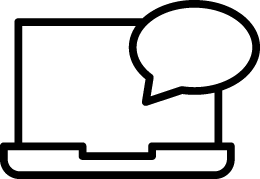
Develop a standard set of quantitative and qualitative questions for a diverse set of partner user groups, to understand the complete range of the organization’s customers’ experience with its existing website and suite of online tools.
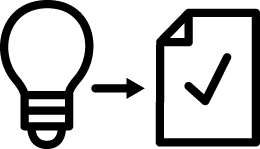
Develop a solid change management plan to mitigate workforce risks (including employee burnout from change) and ensure continuity of operations as the organization undertook a transformative shift in its long-term strategy and structure.
The roadmap to success
- As a first step, we rooted the effort in the organizational design strategy and worked collaboratively with leaders to define a clear vision and design criteria for the future organizational structure.
- With the future state in mind, we also conducted a comprehensive current state assessment. We invested the necessary time upfront to perform a deep review of historical documentation (such as organization charts, strategy maps, and operating models) and to conduct interviews and focus groups with a diverse group of leaders and employees. This led to an understanding of what was working well and what needed to change in terms of the future organizational model.
- Next, we conducted a series of human-centered design exercises or “challenges” with the leadership team using Mural, a virtual, interactive collaboration space. We collaborated with leaders to prioritize future design criteria and challenges in the new organizational design and evaluate the options that best addressed design criteria, key challenges, and customer needs.
- The human-centered exercises allowed us to tap into the power of the organization’s highly creative workforce and incorporate a broad range of perspectives to make sure no crucial points were overlooked and to help build buy-in and alignment around the upcoming changes.
- The final step, based on all the inputs collected, was to collaborate with key leaders to develop our final organizational design recommendations. We also worked to outline downstream impacts and recommended action plans related to career models, skills and competencies, labor mix, resource utilization, business operations, technology, and organizational culture.

